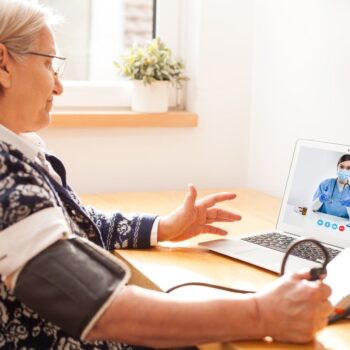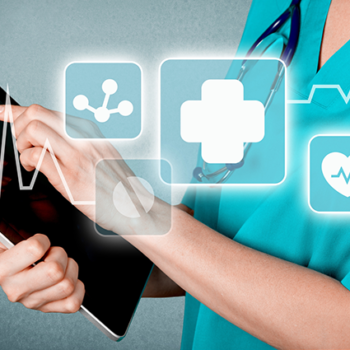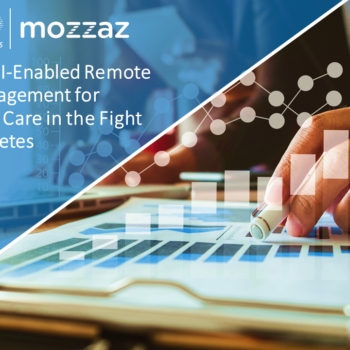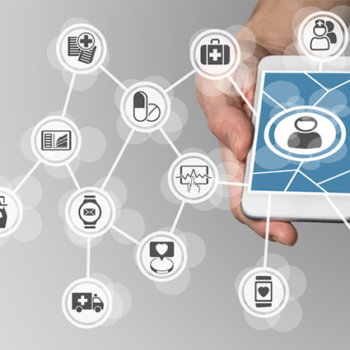AMGA Calls on Congress to Advance Value-Based Care, Support Providers
Congress should focus on advancing value-based care by investing in proper infrastructure, incentivizing patient engagement, and supporting continuous telehealth coverage, according to the American Medical Group Association (AMGA). The organization sent a letter to congressional leaders expressing appreciation for their efforts to support healthcare providers throughout the COVID-19 pandemic. However, the letter urged leaders to improve the Medicare program…







